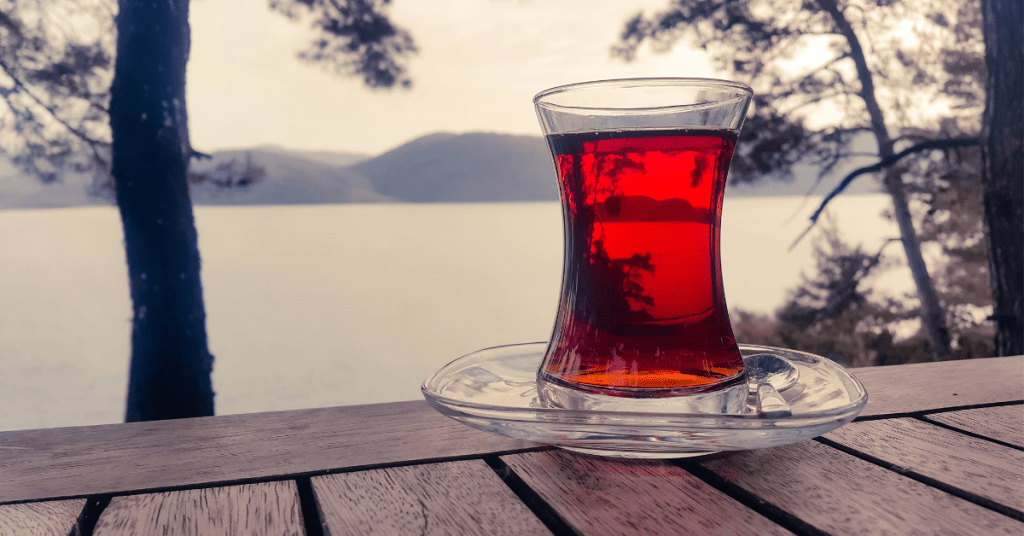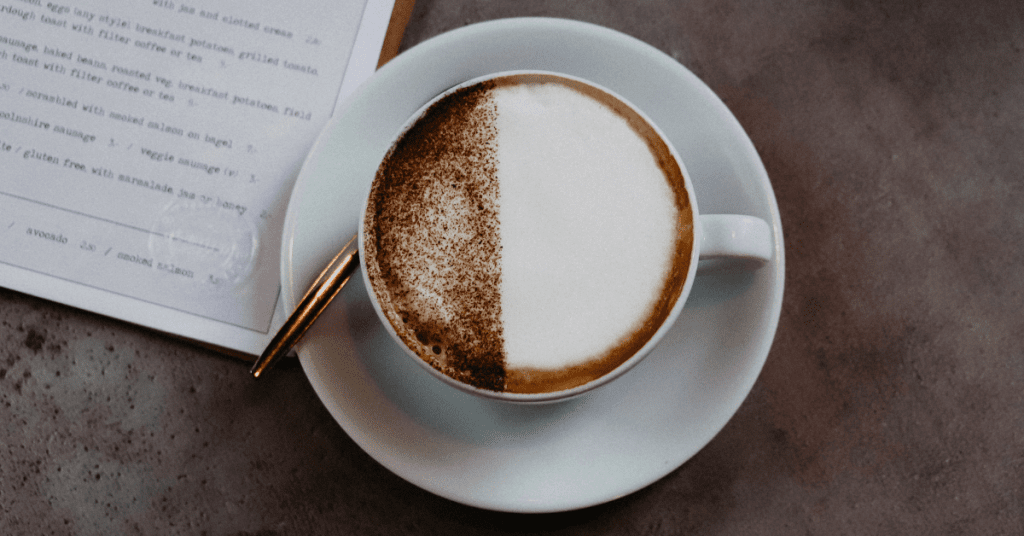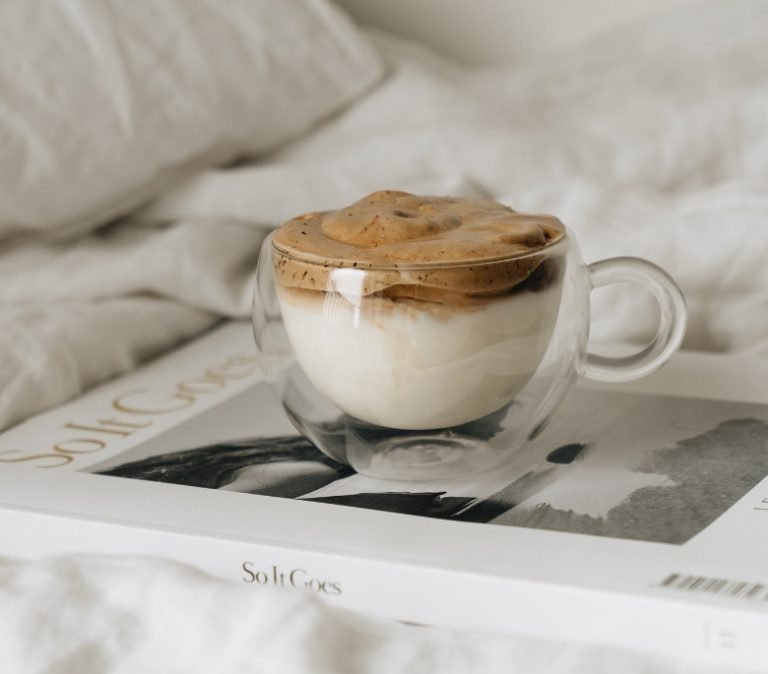Whipped coffee gained popularity after the dalgona coffee fad in the past few years, yet it’s been well-known to many people for the past few decades.
We know that coffee is a very versatile brew and is made and served in a plethora of ways all over the world. In the West, espresso shots are the key elements of coffee drinks like cappuccinos and lattes. In the Middle East, in Turkey, coffee or kahve is brewed in a stove pot and served in little cups. However, winter nights are synonymous with cups of whipped coffee in the Indian Sub-continent, which comprises Pakistan, India, and Bangladesh—a concoction made of instant coffee and full-cream milk.
Table of Contents
How Coffee Came to Pakistan
Pakistan is the land of tea drinkers, and tea is the keystone of all Pakistani social gatherings. From family functions to nights out with friends, you can expect to have tea anytime Pakistanis gather together.

With the Pakistani people’s love for tea, it seems unlikely we would ever switch to coffee. Surprisingly, even the most traditional Pakistani households reach for bottles of coffee when the cold seasons set in.
You might think Pakistan is new to coffee. However, the background of this beverage can be traced back to the Mughal Empire. Coffee was a prized commodity in Arabia, and you could only export roasted coffee beans from the region. This prevented coffee from being grown anywhere else.
Historical evidence proves that even the Mughal emperors imported coffee beans for their use. However, according to history, a religious man named Baba Budan snuck raw coffee beans from Arabia by hiding them in his beard. He planted those beans in the Chandragiri hills, an area that is now called Budangiri, and where he is now buried.
How Coffee Culture in Pakistan Developed
During the 17th century in the Mughal era, coffee houses -or qahwakhane– opened up across India. (Pakistan was one with current-day India before being separated in 1947).
Poets, scholars, and government officials gathered in these social hubs, and coffee became the center of Indian society.
Coffee remained very popular until the British came to India, bringing tea with them. When India became a British colony and the Mughal Empire fell, coffee houses started shutting down, and coffee slowly got replaced with tea.
It wasn’t until the 20th century that coffee could finally come back. Coffee houses, this time modeled after Western cafes rather than traditional qahwakhanes, were constructed in posh areas of the country. For example, Espresso Cafe, which opened in 2004, significantly promoted coffee culture.
However, these coffee houses were for the rich and famous. What won the hearts of the common Pakistani people was instant coffee.
The Pakistani people got acquainted with coffee when companies like Nestle and Maxwell House brought bottles of instant coffee to the shelves of grocery stores. Instant coffee was inexpensive and readily available, which appealed to Pakistan’s population.
The earliest coffee drinkers were from upper-class families. However, today, middle and even lower-class families in Pakistan drink coffee. Unlike the West, where coffee is a drink for all seasons, in Pakistan, coffee is mainly drunk during the cold months.
Additionally, while international brands like Dunkin Donuts have come to Pakistan, people still prefer coffee at home.
How Pakistanis Drink Coffee

With the advent of technology and media, western culture has extensively impacted Pakistan’s society. You’ll find coffee houses all over the country. But, they are mainly limited to posh areas. In households all over Pakistan, coffee is still made by whipping instant coffee in a cup.
The Pakistani people like coffee with a lot of milk, and lattes are the most famous coffee beverage in the country. With this dislike for bitter coffee, it makes sense that Pakistanis would avoid traditional coffee brewing practices.
Today, Pakistanis add instant coffee and sugar in a cup, with a bit of water, and use a fork to whip it until the coffee becomes thick and loses its color. The longer and harder you whip your coffee, the lighter and better tasting it becomes.
Once the coffee is fluffy and light, it is added to a cup of boiling milk. The milk and coffee are stirred and served hot.
Does this coffee-making method seem familiar to you? You might identify it as dalgona coffee. However, while dalgona coffee is a recent trend, people in the Indian subcontinent have been making coffee like this for decades.
How to Make Whipped Coffee
You might call it dalgona coffee, but people in the Indian subcontinent have been making coffee like this for decades. Smooth. Frothy. Creamy. Sweet. Delicious!
Follow these easy steps to make your own whipped coffee at home.
Step 1: Beat the coffee
Add instant coffee and granulated sugar to a cup and a few drops of water. Use a fork to beat the coffee until it gets fluffy and loses its color. This will take about 10 minutes. (Do not use powdered sugar. The granules are necessary, or the coffee won’t get fluffy)
Step 2: Heat the milk
In a hot saucepan, boil the milk and separate the cream layer that forms.
Step 3: Assemble the whipped coffee
Add the boiling milk and whipped coffee together, and mix. Add the separated cream layer on top if you want to.
????️ NOTE: Mixing coffee before serving is improper if you make coffee for someone else. Social decorum demands you let them mix it themselves.
Print
Whipped Coffee Recipe
You might call it dalgona coffee, but people in the Indian subcontinent have been making coffee like this for decades. Smooth. Frothy. Creamy. Sweet. Delicious!
- Total Time: 15 minutes
- Yield: 2 1x
Ingredients
- 1 cup whole milk
- 1 tbsp of granulated sugar (12.5 g )
- 1 tsp of instant coffee (2 g)
Instructions
- Add instant coffee, granulated sugar, and a few drops of water to a cup. Use a fork to beat the coffee until it becomes fluffy and loses color. This will take about 10 minutes. (Do not use powdered sugar. The granules are necessary, or the coffee won’t get fluffy)
- In a hot saucepan, boil the milk and separate the cream layer that forms.
- Add the boiling milk and whipped coffee together and mix. Add the separated cream layer on top if you want to.
Notes
If you’re making coffee for someone else, mixing it before serving is improper. Social decorum demands you let them mix it themselves.
- Prep Time: 10 minutes
- Cook Time: 5 minutes
- Category: Drinks
- Cuisine: Pakistani
Conclusion
Pakistan has developed a very vibrant coffee culture, with Western-style cafes in almost all large cities. However, in winter, Pakistani households make whipped coffee at night, whether rich or poor.
For the Pakistani people, this way of making coffee is not just the norm but also a tradition. In the winter, a cup full of sugar and coffee is passed around by family members, with everybody taking turns beating the coffee until it turns perfectly golden. On frigid winter nights, this coffee-making tradition helps create warm memories.
Do you want to try a traditional whipped coffee recipe at home? Check it below and let me know how you like it!


